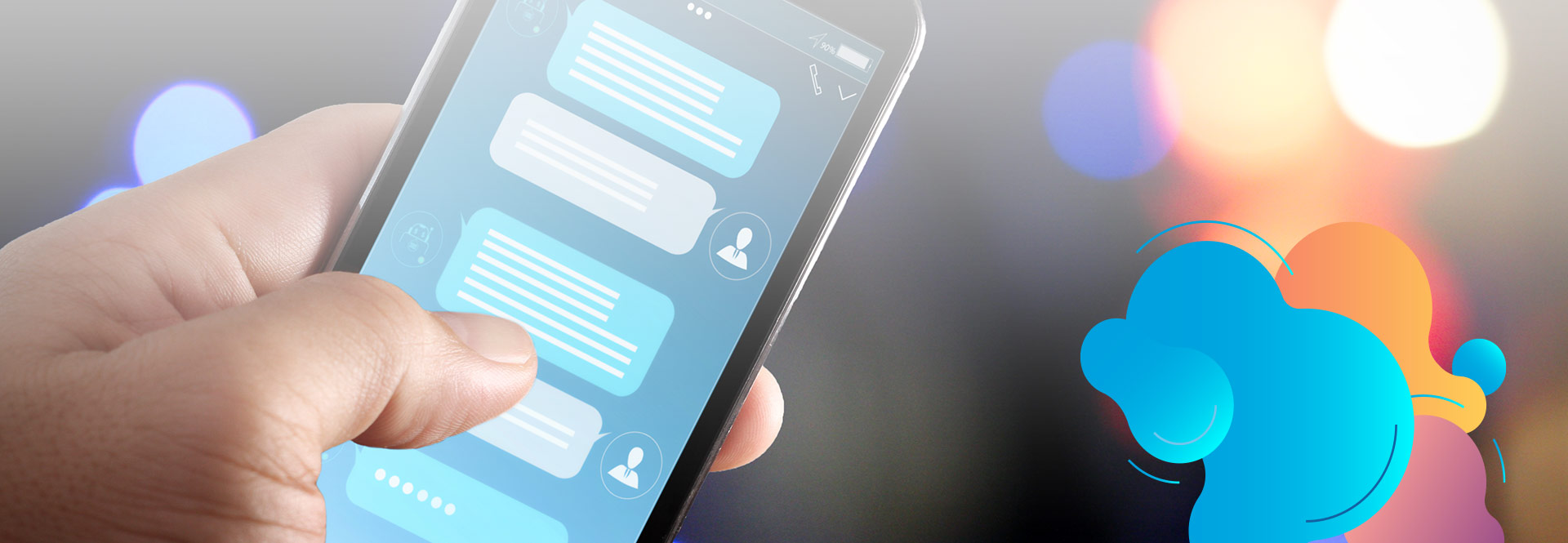
The way companies serve their customers has changed drastically in recent years. As consumers become more digitally focused, old-fashioned call centers are quickly being replaced by engaging omnichannel customer experience environments. CCaaS solutions and customer experience suites offer businesses the ability to engage with their customers through virtually any channel.
The emerging digital revolution has also paved the way for high levels of automation. Companies have found new ways to reduce call volume by allowing customers to solve their own problems with FAQs, chatbots, and virtual assistants. In fact, some 68% of customers say they now prefer to use self-service solutions rather than interact with an agent.
Unfortunately, Gartner found that while more and more customers are beginning their journey into the self-service environment, only about 9% expect to be able to solve their problems entirely on their own. There are countless scenarios where a customer needs to move to a different platform and level of service to resolve a transaction or issue.
This means that companies need to focus not only on creating digital experiences but on a digital customer experience strategy that combines both automation and human contact.
Why Does Digital Customer Experience Need a Human Element?
Seamless digital customer experiences are becoming increasingly popular with consumers who want to solve their own problems quickly using smart tools and interact with businesses across multiple channels. But as popular as self-service channels may be in the CX landscape, they’re rarely enough to solve all customer problems on their own.
While incorporating intelligent bots and tools that can understand and process natural language increases your chances of solving more complex customer issues, there will always be a need for a human element in customer service. Research often shows that agent-assisted digital channels are still among the preferred options for customers.
Live agents are essentially safety nets for customers who are willing to deal with issues that may not be resolved through a self-service strategy. They have additional training and knowledge that some self-service tools cannot provide. They’re also a valuable component of an empathetic and engaging customer experience. One study found that 58% of customers who had the opportunity to interact with a human during the purchasing process were more likely to purchase from the company again.
What’s more, even in a world of automation and artificial intelligence, customers still value real, genuine human relationships. One study found that about 82% of U.S. customers say they want more human interactions with companies in the future.
How to Embed Human Interaction into Digital Customer Experience
Creating a seamless digital customer experience means that companies must invest not only in new channels and technologies but also in solutions that connect the worlds of self-service and human services. A hybrid approach that allows customers to get the best of both worlds leads to smoother, more satisfying, and more engaging experiences.
So how can you properly combine the human agent with self-service and the digital landscape?
1. Implement the Right CX Channels
The first step to creating a truly seamless digital customer experience strategy for your customers is to make sure you’re implementing and leveraging all the right customer experience channels. The best way to start is by observing your competitors and your customers. Find out where customers typically interact with brands like yours. For example, maybe they prefer SMS, social messaging, or video.
Once you know what channels your customers use, you can develop a strategy that combines digital self-service solutions with more agent-based options. For example, with an all-in-one CX platform, you can create a platform where customers can engage with your brand via a chatbot, a virtual agent, or a chatbot that connects them directly to a human agent.
The focus here should be to integrate all the channels you use, agent-based or not. It should be easy to track the customer journey from start to finish.
2. Use the Right Self-Service Solutions
The second step is to make sure you invest in the right self-service solutions for your CX strategy. It’s no longer enough to simply add a simple chatbot to your website. As consumers’ problems become more complex, they’re looking for virtual agents and automated tools with built-in natural language processing and conversation analytics capabilities.
An intelligent chatbot or self-service tool can guide customers through a wider range of problem-solving techniques by responding intuitively to each question. It can also use data to personalize customer interactions more effectively from the beginning of the buyer journey.
A bonus is that these tools also more effectively collect the valuable data agents need to route them as customers move between different levels of service.

3. Make Transitioning to an Agent Simple
Once you’ve implemented the right self-service tools across all digital channels, make sure your customers always have the option to easily switch to an agent if they need additional help. This could mean adding a button to a chatbot that allows customers to instantly choose whether they want a call or a video chat with an agent.
The technology you choose for your customer experience strategy should be able to seamlessly determine which agent is best suited to handle a call, with AI routing capabilities. It should also be able to pass relevant information from previous interactions with the customer to the agent, so the customer doesn’t have to repeat their problem or know what solutions they’ve already tried.
Using automated workflows and triggers, organizations can facilitate the direct transfer of data to agents so they can pick up where a previous support solution left off. This makes the entire experience easier for the agent and more seamless for the customer.
4. Use Analytics To Transform Your Strategy
Developing a customer-obsessed experience strategy means taking into account the ever-changing needs and expectations of your target audience. The only way to do this is to set up a way to monitor and analyze every customer interaction. Your CX tool should have built-in analytics capabilities that allow you to collect real-time and historical data.
The more information you collect, the more you’ll learn about the customer journey map and what you can do to improve it. Analytics can also help you develop more effective tools to support your agents throughout the service lifecycle. Virtual assistants powered by machine learning can make suggestions to agents about how to handle an issue based on past interactions. These same tools can monitor customer sentiment in real-time and tell supervisors when a call is going south.
Using real-time and historical data in your customer service strategy makes it easier to target your campaigns to the real needs and intentions of your audience. It can also show you which channels your customers use most often.
5. Invest in Proactive Outbound Support
Once you’ve embedded analytics into your CX efforts, the next step will be much easier. The data you collect from historical conversations makes it easier to understand where customers’ problems start and what kind of help, they need most. This paves the way for developing a proactive outbound support strategy.
Research shows that 89% of customers find their favorite brand’s proactive customer service a pleasant surprise. If you want to delight your audience, identifying the source of problems and finding ways to proactively resolve them is a great way to do it.
You can even use automation and RPA tools to create automated solutions that let you actively report and fix issues while employees are working on other tasks. This gives you the opportunity to create a true end-to-end customer experience strategy.
Create The Ultimate Digital Experience
A great digital customer experience doesn’t just mean investing in the latest self-service or digital interaction tools. It also means knowing how to align your human talent with your digital strategies. With the tips above, you can ensure your customers get the best balance of straightforward self-service solutions and empathetic human support.
Learn more about how Bulb Tech’s end-to-end technology can help you create the ultimate digital experience strategy today.
Are you ready for seamless digital CX?
Contact us and leverage our Cempresso platform to deflect 25% of calls to self-service application



